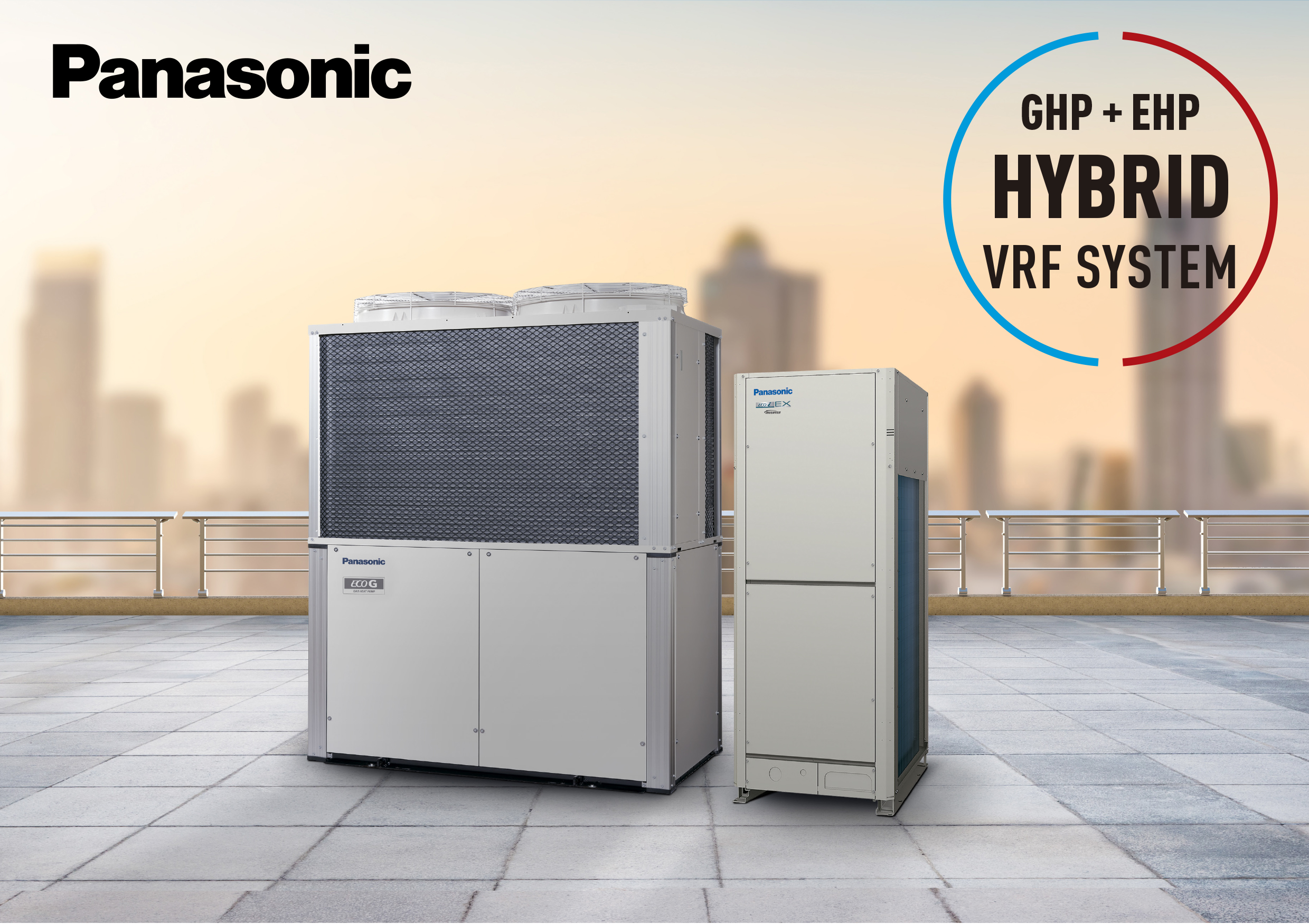Latest News
- Panasonic’s Jet Air Stream Indoor Units for Paci NX Are Now Available 18/12/2024 Following its launch at Chillventa earlier this year, Panasonic is pleased to announce its new Jet A... Read more
- Panasonic Unveils RAC Solo: A compact AC system, without an outdoor unit 13/12/2024 Panasonic is launching its latest air conditioning system, RAC Solo. The standalone air-to-air heat ... Read more
- Panasonic Adds Double Award Win at the Energy Saving Awards to its Successes for 2024 11/12/2024 Panasonic has been announced a two-time winner at the coveted Energy Saving Awards 2024. The company... Read more
- Panasonic Acquires Area Cooling Solutions of Poland 06/12/2024 Panasonic is pleased to announce that the acquisition of Area Cooling Solutions Sp. z o.o. has been ... Read more
- Panasonic opens Europe’s first Panasonic HX Renewable Energy Demonstration Facility in Cardiff 04/12/2024 Panasonic opened Europe's first Panasonic HX demonstration facility in Cardiff. The 50-year-old manu... Read more
- Panasonic Surpasses 100 Million Units of nanoe™ Devices Shipped Globally 03/12/2024 Panasonic Corporation (hereinafter referred to as Panasonic) proudly announces a significant milesto... Read more
- More Panasonic News
Panasonic Combines Gas and Electric Technologies for High Efficiency Hybrid VRF
01/06/2018
Panasonic Combines Gas and Electric Technologies for High Efficiency Hybrid VRF
• Significantly reduces peak demand for electricity
• Intelligent controller to maximise energy savings
• Free hot water production from GHP engine waste heat

Panasonic has introduced an intelligent new Hybrid VRF to the European market, combining electric (EHP) and gas-driven heat pump (GHP) technology for optimal efficiency. The new Hybrid VRF reduces energy costs by automatically switching between its GHP and EHP; it also provides a free supply of domestic hot water (DHW) - ideal for high demand applications, such as hotels and apartment blocks.
The Hybrid VRF comprises of a master GHP unit, an EHP unit and a specialised intelligent controller. This controller monitors usage, energy demand and air conditioning load to calculate if GHP, EHP or a combination of both working simultaneously, will deliver the best savings. The intelligent controller will then intuitively switch the Hybrid VRF system between GHP and EHP to optimise efficiency.
The result is a significant reduction in electrical demand during peak times when the air conditioning load ratio is high, for example when a hotel is at high occupancy. The GHP system consumes less than 10% of the electricity that the EHP system does at full capacity. By switching to GHP during peak times, energy savings are maximised. This enables the building’s electrical supply to be used much more efficiently to power critical infrastructure, such as the lighting or elevator operation.
For times when the load ratio is low - for example when hotels are at low occupancy during the daytime – Panasonic’s Hybrid VRF can switch to EHP to save energy. As the EHP can operate at a much lower capacity than GHP during off-peak periods, heating or cooling can be directed to the precise areas it is required with minimal energy wastage. In addition, the ability to switch to EHP when demand is low, helps to extend the life of the GHP engine, so it’s not in constant operation, delivering savings on maintenance costs too. Installation and maintenance requirements are further reduced due to the unit’s unified refrigerant cycle.
Another significant benefit of Panasonic’s Hybrid VRF is that it can provide a free supply of DHW. This is achieved by capturing the waste heat generated by the GHP engine during operation and using it to heat water. This feature contributes to huge savings for large-scale commercial applications with a high demand of DHW, such as hotels.
The Hybrid VRF is managed by a centralised intelligent controller (CZ-256ESMC3), which monitors energy consumption and calculates load demand, intuitively switching between GHP and EHP for the most efficient operation. Its user-friendly interface also features multiple energy saving modes, including ‘Smart Multi’, which can be easily customised to increase efficiency.
In keeping with its culture of continuous innovation, Panasonic has developed its most innovative VRF solution to date. The Hybrid VRF steers heating and cooling technology in a new direction, partnering two solutions to create a fusion for the future – Panasonic’s most efficient VRF yet.










































